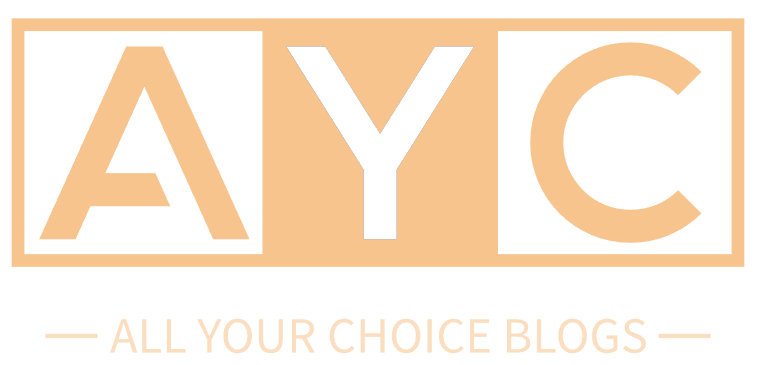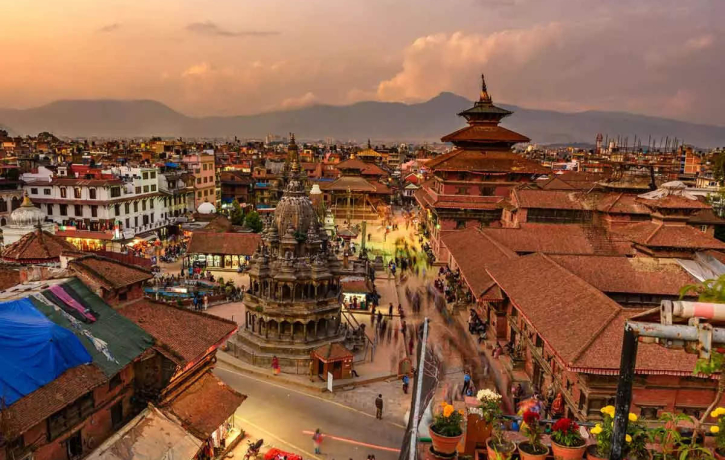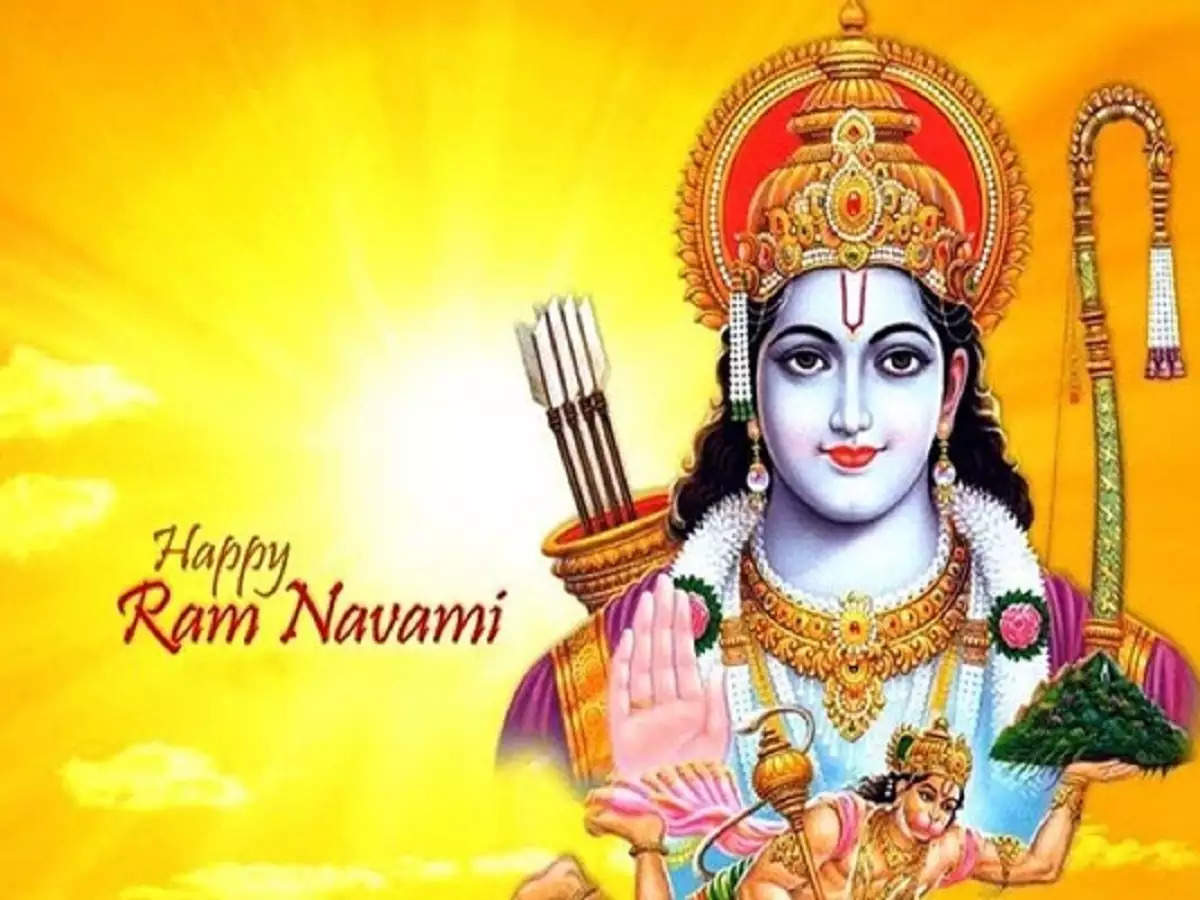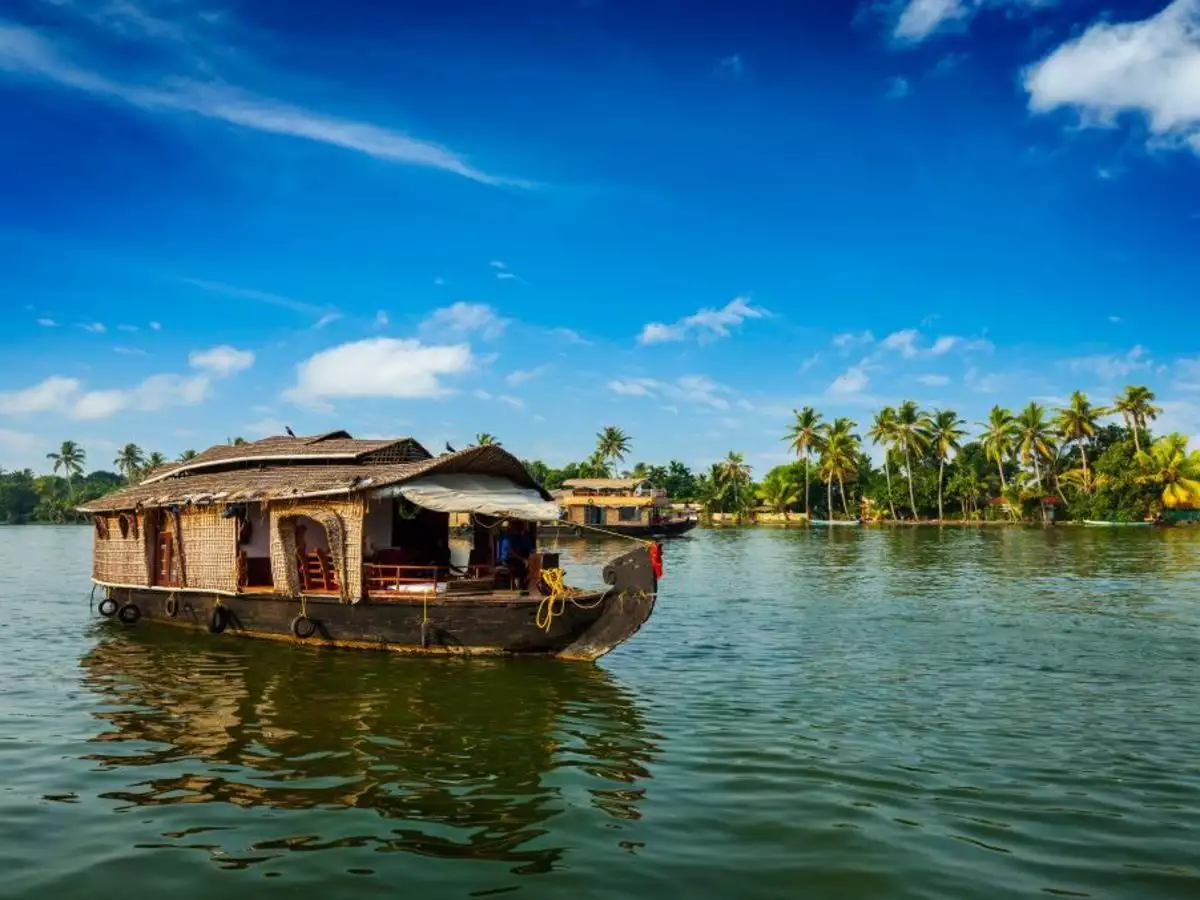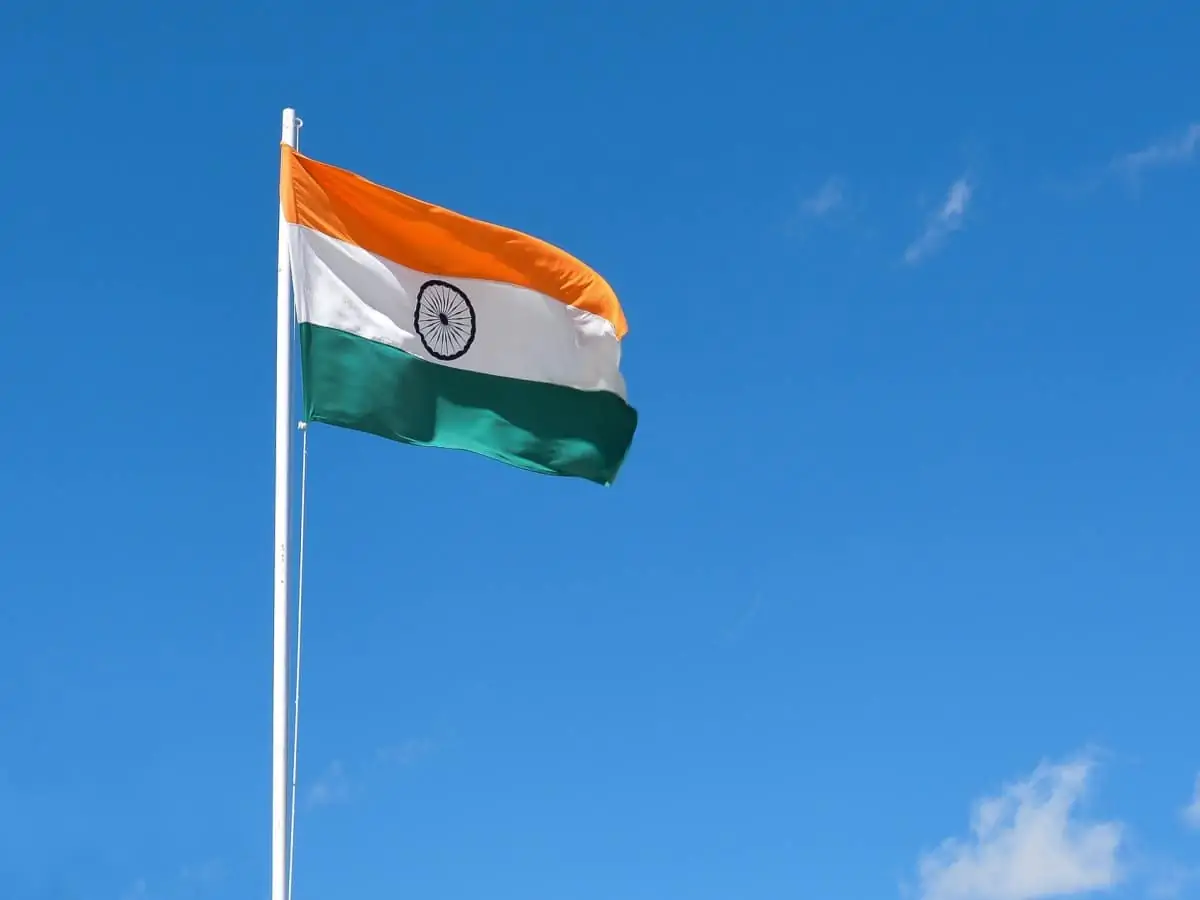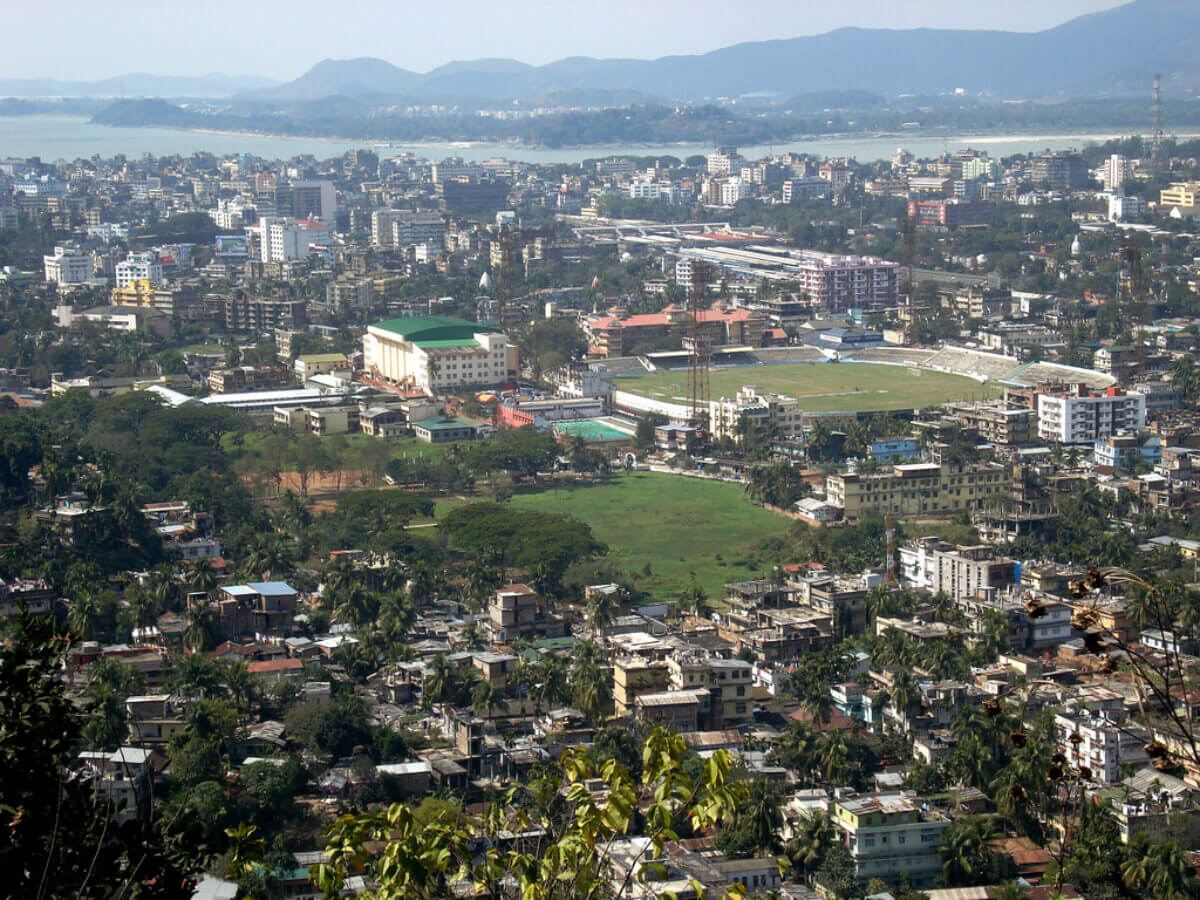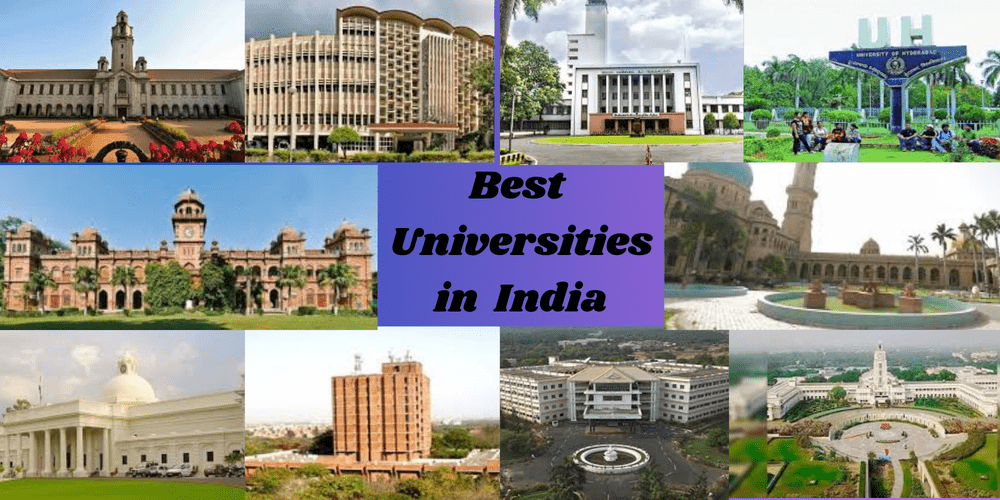Introduction
Nepal is a landlocked nation in South Asia, primarily surrounded by the Himalayas, Nestled between China and India. Its terrain is varied, with plains, hills, and eight of the ten highest mountains in the world—including Mount Everest—found there. Capital is Kathmandu. Nepal is a multicultural country where Nepali is the official language. Nepal, which was united in the 18th century, attained secular republic status in 2008. It became a federal parliamentary republic in the 2015 Constitution. As a member of the UN, SAARC, and the Non-Aligned Movement, Nepal is well-known for its Gurkha soldiers who serve in UN peacekeeping operations.
Etymology
Nepal was the name given to the Kathmandu Valley prior to its unification. The word “Nepal” has an ambiguous origin and dates back to the fourth century BC in ancient Indian writings. The name is attributed to the sage Ne, or Ne Muni, in Hindu mythology. Nepal, according to the Pashupati Purāna, means “protected by Ne.” The name is associated with Manjushri Bodhisattva and Adi-Buddha Ne in Buddhist legend. Gopalarājvamshāvali claims that Nepal got its name from Nepa the cowherd. There are scholars who suggest that “Nepāla” means “abode at the foot of the mountain,” such as Christian Lassen, and others like Sylvain Levi and Suniti Kumar Chatterji who postulate Tibeto-Burman origins.
History
Remains in South Asia and Nepal date back 30,000 years, and modern humans first appeared on the Indian subcontinent around 55,000 years ago. Domestication and settlement began to emerge about 6500 BC, giving rise to the Indus Valley civilization. The Indo-Aryans, Tibeto-Burmese, and Dravidians were among the first people to live in Nepal. Small kingdoms began to emerge in 600 BC, one of which was the birthplace of Gautama Buddha. The Mauryan Empire had an impact on southern Nepal by 250 BC. The Kathmandu Valley was dominated by the Licchavi dynasty from 400 AD until the 11th century, when the Thakuri kings took over.
Medieval Nepal
Nepali was first spoken during the Khas empire’s rise to power in western Nepal in the eleventh century. It divided into twenty-two states by the fourteenth century. After the Mallas ruled over the Kathmandu Valley and instituted the caste system, Simraungarh united Tirhut in the southeast. In the 18th century, cultural expansion and unification resulted from the partition of Kathmandu, which had once been a great city. With Gorkha establishing as a major state, Nepal escaped Muslim invasions and became a haven for Hindus during the Mughal era.
Unification, expansion and consolidation
Prithvi Narayan Shah united Nepal through conquest in the eighteenth century. Although the Gurkhas had more control, their confrontations with Tibet and the East India Company resulted in wars that displayed their valor. Nepal gave up territory when the Anglo-Nepali War came to a close. The Rana dynasty, which had a strong Prime Minister and a nominal king, emerged in 1846 as a result of internal turmoil. The Ranas benefited from gifts of territory and British help. Slavery and other Hindu customs like as Sati were outlawed during the oppressive and exploitative Rana dynasty.
Contemporary history
A parliamentary democracy was established in Nepal in the late 1940s after pro-democracy forces overthrew the Rana dynasty. King Mahendra replaced the democratic system with the “partyless” Panchayat system in 1960. 1990 saw the return of democracy following the People’s Movement. The 2008 federal republic of Nepal was established as a result of the Maoist insurgency and the ensuing Nepali Civil War. 2015 saw the adoption of a new constitution that divided into seven provinces.
Top five places to visit in Nepal
1. Kathmandu Nepal’s capital boasts ancient Durbar Squares & majestic temples like Swayambhunath.
2. Pokhara Nestled amidst stunning Himalayas, Pokhara offers serene Phewa Lake, breathtaking Annapurna views & adventure activities.
3. Lumbini Birthplace of Lord Buddha, Lumbini is a significant pilgrimage site with a serene atmosphere.
4. Chitwan National Park This UNESCO World Heritage Site is one of the best places in Asia to see wildlife like rhinos & tigers.
5. Bhaktapur This ancient city is known for its traditional architecture & rich cultural heritage.
